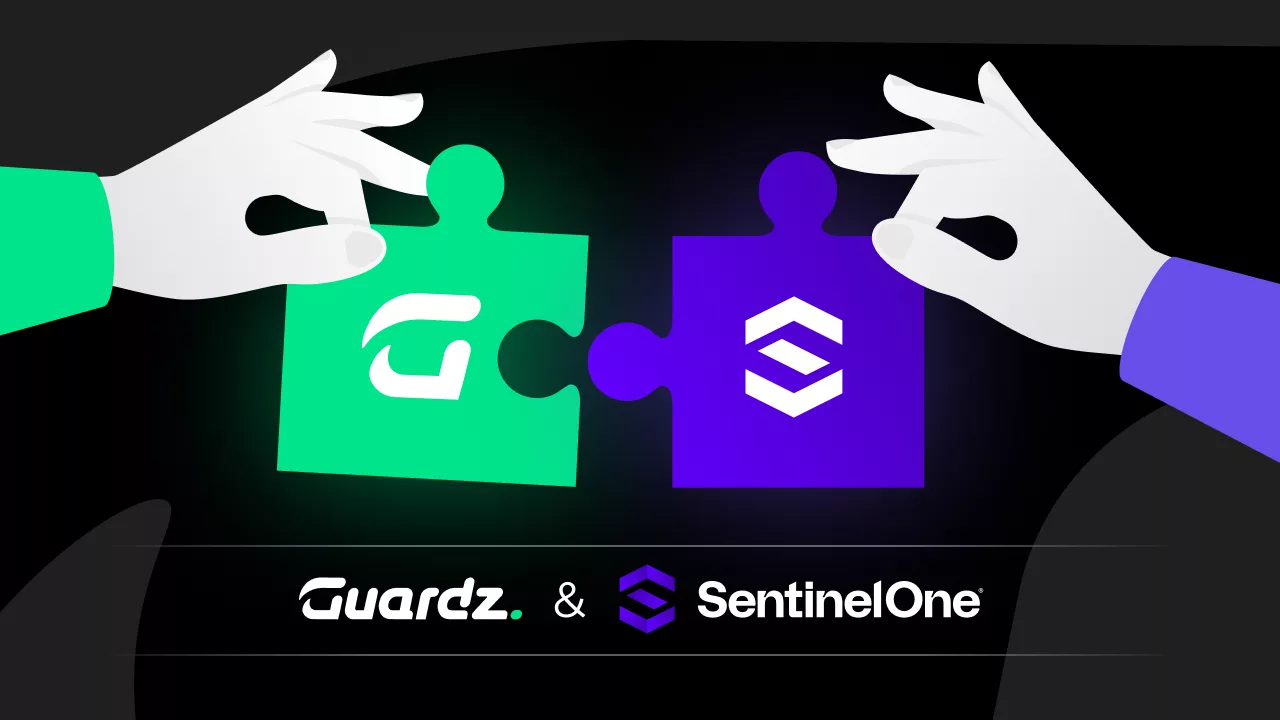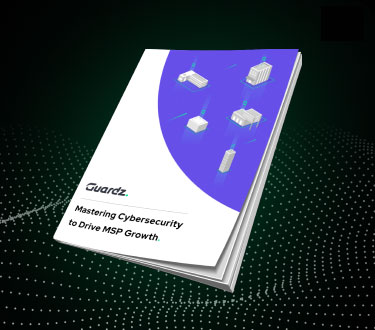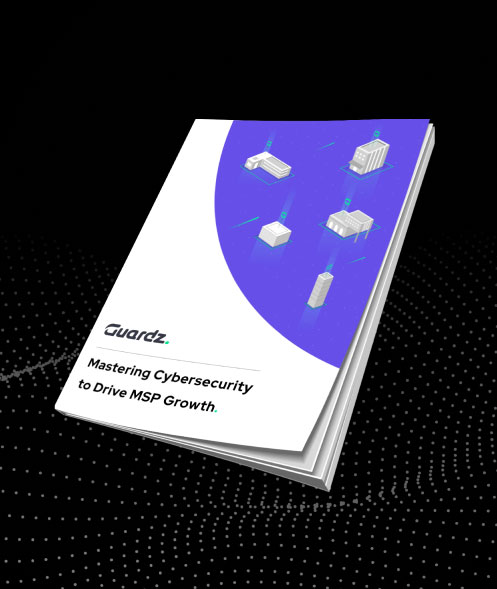With the recent surge of ransomware attacks, MSPs are going to have to up their security game to stay ahead of these emerging cyber threats. In this step-by-step guide, we’ll outline the current threat landscape and provide you with a comprehensive checklist of proactive security measures to future-proof your client’s business. Let’s dive right in, shall we?
Understanding the Threat Landscape
Cyber threats are growing more sophisticated than ever with the addition of AI technology.
Research showed that AI-generated phishing emails were able to trick 65% of users into revealing personal information. This presents a major challenge for MSPs who are responsible for securing their clients against evolving threats like these.
Other common cyber threats include malware, Advanced Persistent Threats (APTs), cloud attacks, and endpoint attacks in which 68% of organizations have experienced one or more endpoint attacks that successfully compromised data and/or their IT infrastructure. This is particularly concerning for MSPs as they must work round-the-clock to ensure the security of their clients’ network, data, and IT infrastructure. Business hacking can also put your clients at great risk.
The impact of these potential threats can lead to a major data breach and significant financial loss. Take into consideration the reputational damage incurred, which many smaller businesses won’t be able to recover from that easily after a breach. MSPs feel the impact as well. If a security incident occurs, it could lead to a breach of contractual obligations with the client. Even worse, it translates into churn and lost profits for the MSP. Not a good situation for either party.
So, what can MSPs do to prevent these types of cyber threats and keep their clients fully secured?
7 Strategies to Stay Ahead of Emerging Cyber Threats
Here is a step-by-step security checklist MSPs can follow to ensure the security of their clients against the latest cyber threats.
- Continuous Training and Awareness: Implement regular cybersecurity training and awareness that encompass the latest threats, attack vectors, and defensive strategies. Phishing simulations are great exercises as they simulate real-world scenarios, exposing employees to various phishing tactics. They enable employees to develop a practical understanding of potential cyber threats and train them to respond effectively.
- Leverage Threat Intelligence: Threat intelligence not only provides information about specific threats but also offers context, such as the tactics, techniques, and procedures (TTPs) used by threat actors. MSPs can gain valuable insights into the motives and methods of potential attackers, enabling them to tailor their security measures to counter those threats effectively. MSPs can also customize their security policies based on the insights gathered.
- Conduct Regular Security Audits: Security audits allow MSPs to identify and proactively address any vulnerabilities in their systems before they can be exploited by attackers. Security audits also ensure that MSPs comply with industry regulations and best practices. This includes adherence to data privacy protection laws, cybersecurity frameworks, and client-specific security requirements. It also demonstrates a commitment to protecting client data, which helps build trust and enhance credibility.
- Staying Up to Date on the Latest Cybersecurity Technology and Best Practices: The cyber landscape is dynamic and changes all the time. Staying up-to-date includes the integration of AI, machine learning (ML), and LLMs that can enhance threat detection and response capabilities. Regulations and compliance standards are continually evolving as well. MSPs must keep pace with the latest regulatory requirements to reduce the risk of legal consequences and avoid major penalties. What else is changing? Check our Ultimate Guide to Cybersecurity Best Practices for MSPs for even more tips.
- Enforce MFA Authentication: MFA mitigates the risk of unauthorized access, even if login credentials are compromised, by adding an extra layer of authentication beyond the traditional username and password. This is especially crucial for MSPs who rely on remote access authorization from clients for managing their IT infrastructure.
- Implement Endpoint Security: When dealing with remote access, endpoints become the primary entry points for attackers. If an endpoint is compromised, it could lead to unauthorized network access and potential malware being deployed across clients’ IT infrastructure, leading to identity theft and a potential data breach. Keep in mind that 70% of successful breaches begin on endpoint devices, so implementing endpoint security becomes even more of a use case for MSPs as an added line of defense.
- Have a Backup and Disaster Recovery Plan: Always be prepared for the unexpected. Back your data and your clients’ data. In the event of a cyberattack, such as ransomware or a breach, there is a significant risk of critical data being compromised or encrypted, no matter how good your security measures are. With a well-defined BDR plan, MSPs can quickly recover affected systems and data with minimal downtime. This is absolutely vital for ensuring seamless business continuity for your clients and will even earn you bonus points with them because downtime translates to lost revenues. In a Gartner survey, 98% of companies had stated the cost of IT downtime ranged from $100,000 to $540,000 per hour. Just putting things into further perspective.
The Important Role of Taking Proactive Measures
MSPs play a significant role in building a resilient defense against emerging threats. Here are a handful of proactive measures you can begin implementing.
- Continuous Monitoring: Continuous monitoring acts as an early warning system by providing immediate alerts for any abnormal or potentially malicious activities. This allows MSPs to respond proactively, investigating and mitigating potential threats before they escalate into major security incidents. Continuous monitoring also provides comprehensive visibility into the entire IT infrastructure, crucial for effective asset management and identifying unauthorized access.
- Threat Hunting: Threat hunting goes beyond traditional security measures by actively seeking out indicators of compromise, suspicious behavior, or advanced threats that may slip through gaps in automated detection tools. They are highly effective in spotting zero-day threats that malicious actors can exploit. MSPs are able to quickly identify and triage potential security risks before they snowball into larger incidents.
- Vulnerability Assessments: Vulnerability assessments systematically scan and analyze the IT environment and pinpoint any security gaps, such as cloud misconfigurations, exposed ports, and user access controls. MSPs are then able to mitigate those risks through prioritization, remediating only the most significant vulnerabilities that pose the highest risks to the organization.
Taking these proactive security measures is a good step in reducing the attack surface but it simply isn’t enough to combat advanced threats in the ever-changing cyber landscape. That’s where the need for a consolidated cybersecurity solution like Guardz comes into place.
Unify Your Cybersecurity Solutions with Guardz
Guardz empowers MSPs to secure small businesses against evolving threats through a unified cybersecurity platform. Guardz provides comprehensive cybersecurity coverage that ranges from phishing simulations, endpoint security, email security, and cloud data protection to a digital footprint of your organization’s entire assets – from a single pane of glass.
Don’t take a partial approach when it comes to protecting your clients’ IT infrastructure and critical assets. Future-proof your business from emerging cyber threats and keep your clients’ IT infrastructure fully secured with Guardz. Book a demo to learn more.
- Share On:












